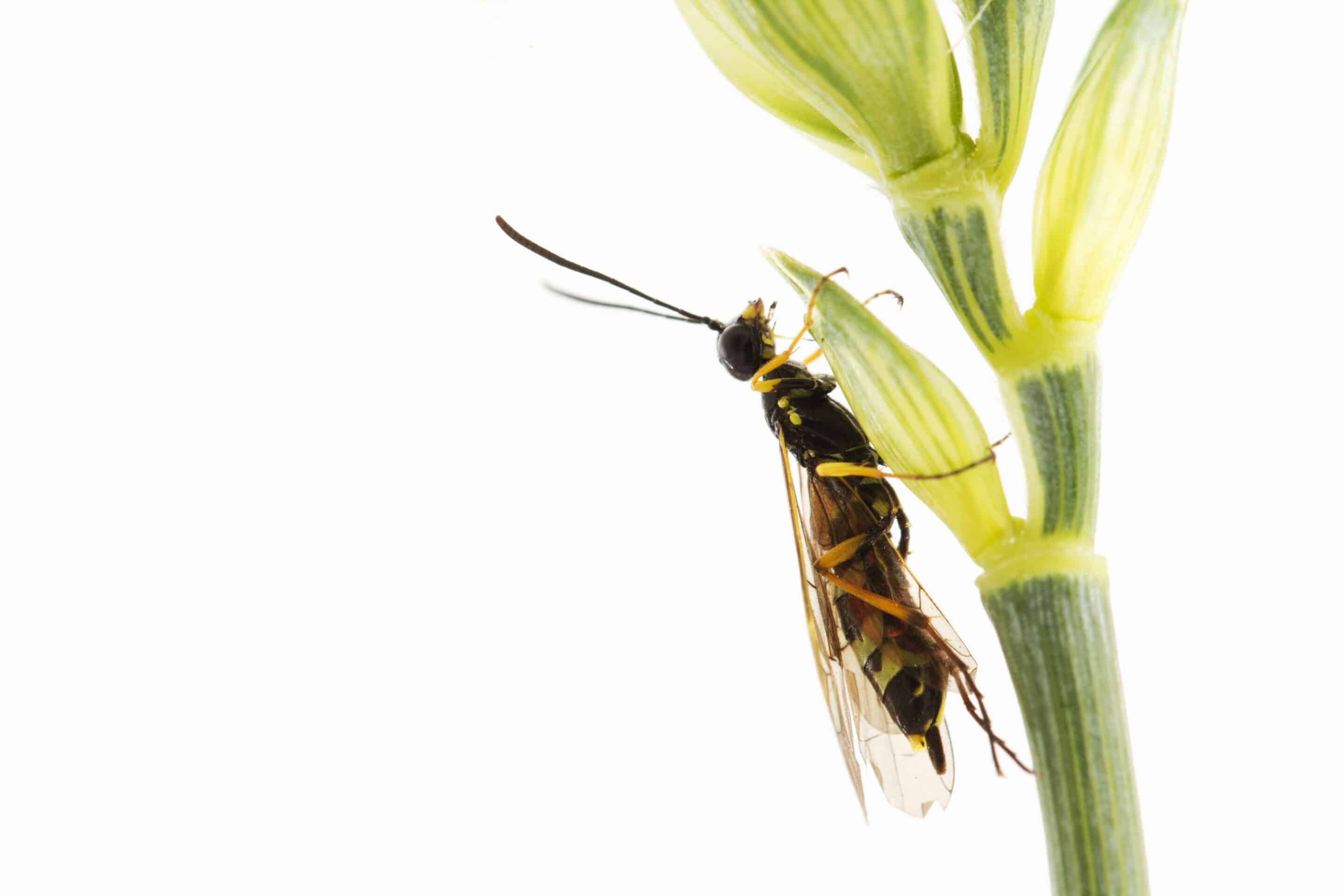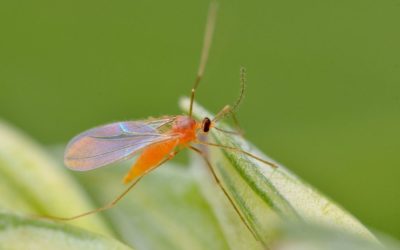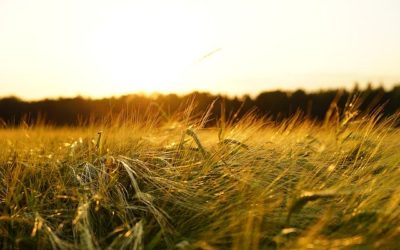Farmers in Alberta may face a range of issues in their fields with pests and crop diseases for the 2023 growing season.
The 2023 growing season is shaping up to be a mixed bag for pests and diseases. As winter rages on across the province, there are some hints of what is to come for Alberta’s crops for pests and diseases this growing season.
Disease development is mainly based upon weather conditions, so outlooks may change depending on what Mother Nature serves up during the 2023 growing season. However, recent and historical conditions can give clues as to what farmers may face in their fields this growing season.
“For regions that on average receive typically more moisture… the Highway 2 corridor from Edmonton down towards Olds, that’s typically on average you get more moisture, and thus there’s greater potential for seasonal development of disease issues,” Kelly Turkington, research scientist in plant pathology with Agriculture and Agri-Food Canada (AAFC), explains in a phone interview.
Meanwhile, what insect pests you may see are more dependent on recent weather conditions. Whether it’s been wet or dry over the past year can lead to different pests’ egg populations increasing.
Status Quo for Insect Pests in Alberta for 2023
Dry conditions during the 2022 growing season and a warm fall have spelled good news for pests with most being able to stick around for the 2023 growing season, Shelley Barkley, insect survey technologist with Alberta Agriculture and Irrigation, says in a phone interview.
In the southern portion of the province, farmers will be battling wheat stem sawfly same as they did in 2022. In regions plagued with grasshoppers in 2022, farmers should expect to see more of the pest again in 2023, Barkley says. The long, warm fall was perfect conditions for grasshopper egg laying.
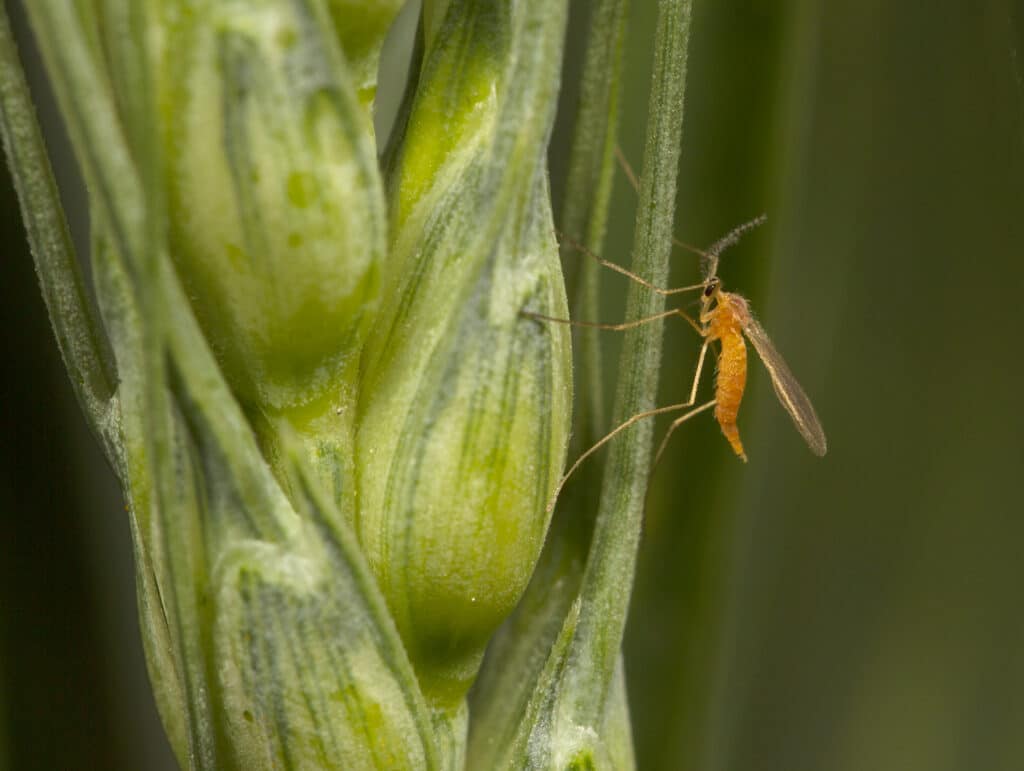
Farmers in the central region of the province should keep their eye out for wheat midge this growing season. Photo: sjbarkley
“(Bruners grasshoppers) seems to be a two season lifecycle. So 2023 would be the year they can expect to see that depending on the spring weather,” Barkley explains.
The southern portion of the province is predicted to be hit more by grasshopper infestations, while in the Peace region there’s a good chance they’ll be dealing with Brunner’s grasshoppers who feed on broadleaf plants such as grasses, Barkley adds. Grasshoppers and wheat stem sawfly favour drier conditions, and with the drier years lately it has allowed for pest populations to balloon.
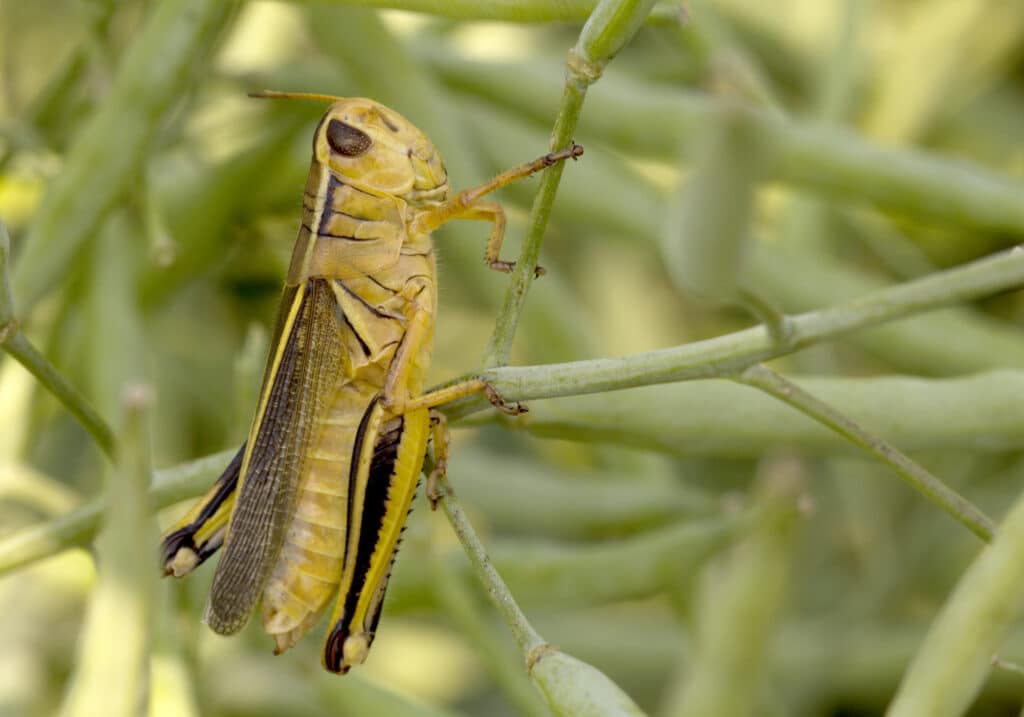
In regions plagued with grasshoppers in 2022, farmers should expect to see more of the pest again in 2023. Photo: sjbarkley
There seems to be some wheat midge populations brewing in the central region of the province. Based on the raw data, Barkley says farmers in the area should keep their eye out for wheat midge.
“I’m getting a feeling from washing the soil that that’s what we’re going to see there — they could be seeing some pressure from midge,” she adds.
Pea leaf weevil levels will be similar to 2022, with increasing numbers along the corridor between Edmonton east along Highway 16 to the Saskatchewan border.
In good news though, it looks like there won’t be issues with bertha armyworms. Barkley says there wasn’t many found in the 2022 tracking system, but she cautions farmers to check the counts that co-operators record to the province for its pheromone traps online.
“That gives you an indication that those numbers are starting to build and you need to be scouting for them. And not just in canola in peas and faba beans,” she says.
Barkley recommends farmers to use seed treatments if they have encountered any of these pests in 2022 to reduce the incidence of them this growing season.
Cereal Crop Disease Woes for 2023 Growing Season
For barley, one of the main issues it could face is scald, Turkington says. If you’re farming in some of the cooler and moist regions, such as along the corridor from Edmonton down through Olds, he recommends keeping an eye out for scald and net blotch.
“Those are the two issues that potentially could be a concern — whether they develop is largely dependent on seasonal weather conditions, variety susceptibility and rotation,” Turkington adds.
The scald pathogen and septoria complex pathogens in wheat produces spores which are dispersed via rain splash, so frequent rains are needed for disease development. Net blotch, tan spot, rusts and spot blotch, meanwhile are dispersed by the wind, so they may not need as wet of conditions as scald to develop and spread.
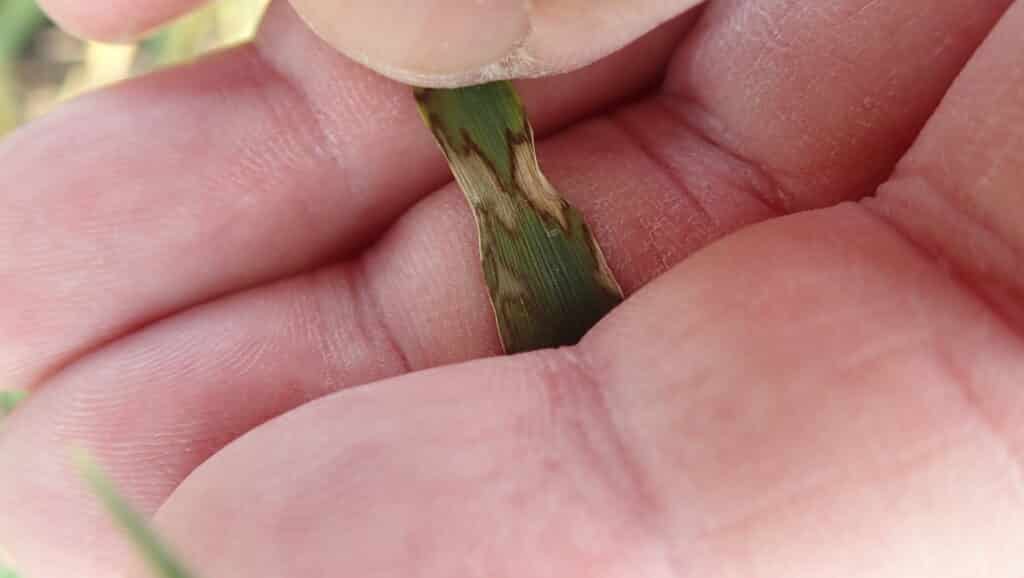
Scald in barley could be a concern in 2023 for those farming in some of the cooler and moist regions, such as along the corridor from Edmonton down through Olds. Photo: Kelly Turkington
For barley and wheat crops, Turkington recommends you look at what diseases you’ve faced historically. If you had problems with leaf spot complex the last time you grew barley or wheat, then there’s a good chance you might have issues again this year.
To reduce disease risk in your cereal crops Turkington recommends you look at your soil zone and what diseases you’ve faced historically. Then based on previous issues in your fields, pick cereal varieties which are resistant to those diseases, lengthen crop rotations and use a fungicide.
“Depending on the variety that you grow, depending on the weather conditions that you have, the amount of rainfall, the frequency of rainfall, the occurrence of dew, that will dictate what particular diseases should develop,” he adds.
Root Rot on the Way for Alberta Pulse Crops
Pulse crops beware, root rots are on the way, specialists say.
“As always, the one to look out for in pulse crops is root rots in both peas and lentils. 2022 was ended up with some pockets of really wet areas in June, particularly in central Alberta, and then actually even some areas in southern Alberta,” Syama Chatterton, pulse pathologist at AAFC Lethbridge, says in a phone interview.
Well, it isn’t known yet what weather conditions pulse crops will face in 2023, Chatterton adds if there are high levels of moisture then root rots will be a problem.
Aphanomyces, Fusarium, Rhizoctonia and Pythium root rot complexes all are all present in Alberta soils, Robyne Bowness Davidson, pulse research scientist with Lakeland College, explains in a phone interview.
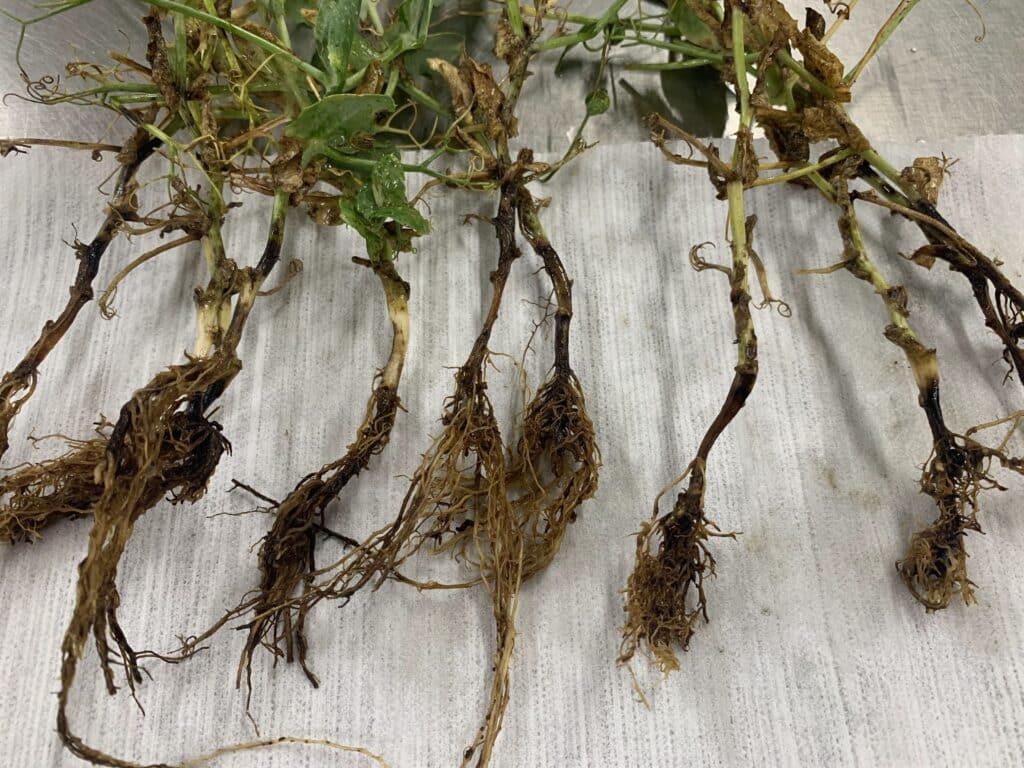
Plants collected at the mid-late flowering stage in mid-July showing advanced decay and blackening of the tap root from Fusarium infection on top of the Aphanomyces infection. Photo: Syama Chatterton, Agriculture and Agri-food Canada
“One of the really major disease issues that we’re facing within that root rot complex is aphanomyces euteiches,” she says. “It’s a problematic soil borne root rot disease that targets peas and lentils, and it is quite destructive. And right now the control options are basically limited to none.”
Bowness Davidson adds Aphanomyces will only attack pea and lentil pulse crops. Fusarium, Rhizoctonia and Pythium on the other hand will go after any pulse crop.
“In 2022, reports of Aphanomyces were a lot lower because it was again a very dry year in Alberta. Once we got past June, there was basically very little precipitation in this province,” she says. “How bad (the root rot complex) will depend on the weather and will be fully dependent on the crop rotation that’s been on that farm.”
Chatteron and Bowness Davidson both recommend farmers follow a crop rotation of at least four years and don’t plant pea or lentil crops in fields which have had root rot problems in the past. They also recommend farmers should shy away from root rot host crops such as soybeans and chickpeas. Chatteron notes though soybeans, chickpeas and faba beans are resistant to Aphanomyces.
“If you’re following a four-year crop rotation, and the good thing is that 2018 and 2019 were fairly dry years, so we wouldn’t have seen a big root rot problem in those years. So you would have had a lower inoculum coming out of your pea and lentil fields in 2018 or 2019. So you might be better off, with lower risk, coming into 2023,” she explains.
Farmers should also keep an eye out for bacterial blight, Chatterton says. Bacterial blight incidence was pretty low coming out of 2022, which should lead to less incidence again in 2023.
“Mycosphaerella blight is one that is just there every year and again is really dependent on the weather conditions and when you get rainfall,” she adds.
Header photo — Wheat stem sawfly which could cause problems in the southern portion of the province this growing season, same as in 2022. Photo: sjbarkley
Related Articles
UPL AgroSolutions’ Seed Treatment Approved for Aphanomyces Protection


